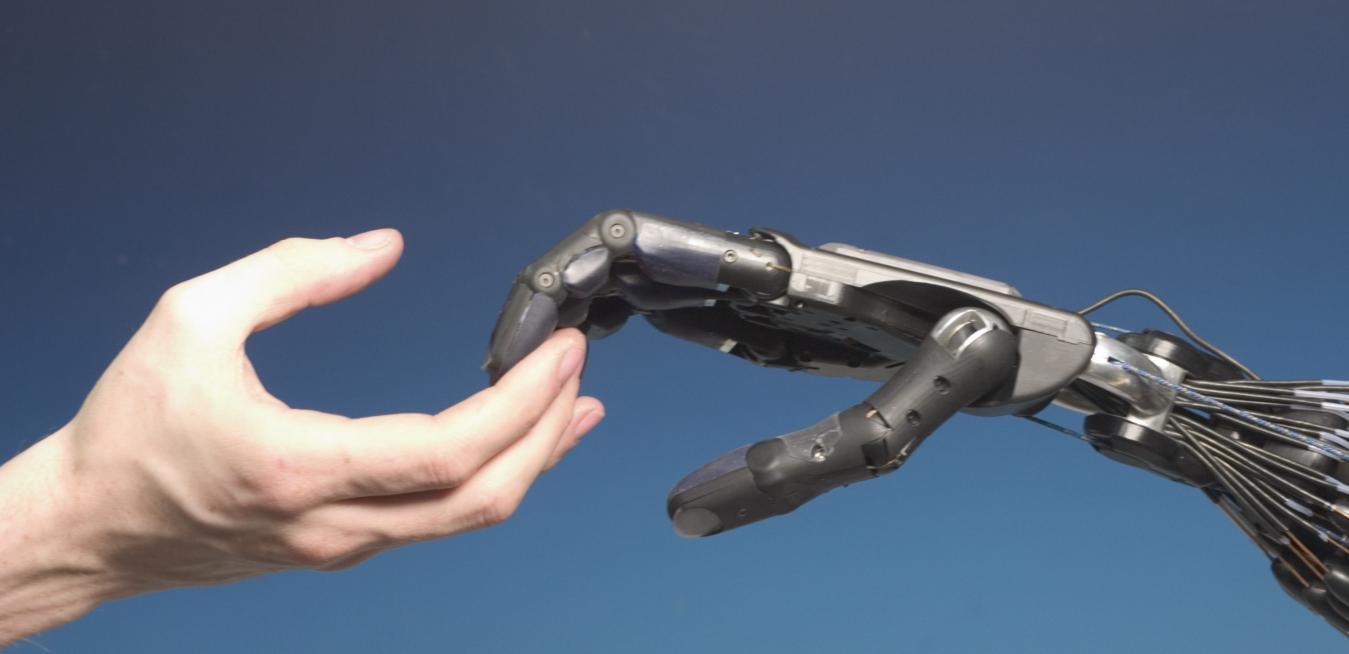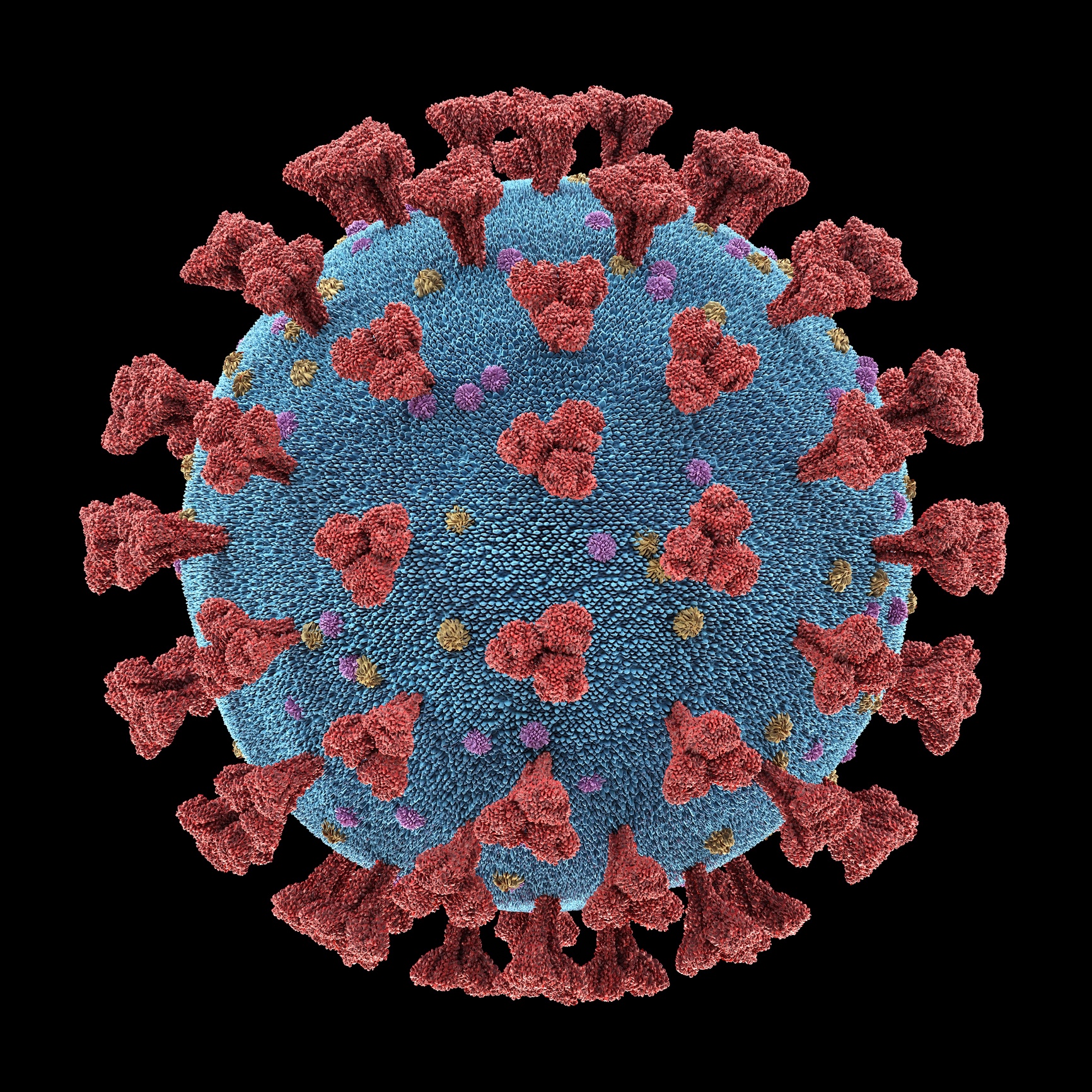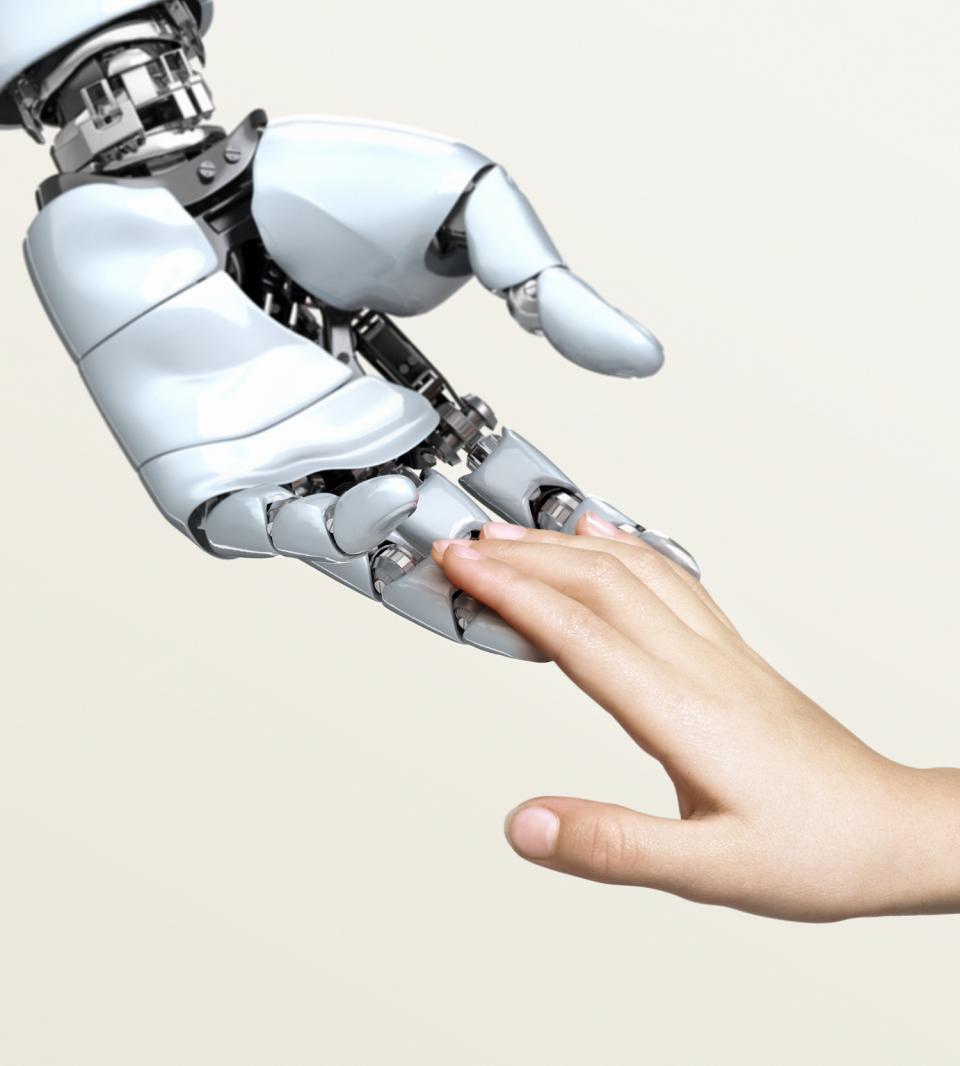This week’s coolest scientific advances include a couple of bona fide big deals — in biology, where AI has helped unlock a long-standing problem, and in the highly weird field of quantum mechanics, where a new computer system can perform calculations almost 100 trillion times faster than existing classical supercomputers. Does that seem hard to grasp? This roundup also includes news of an AI-enabled robot hand that is great at grasping.

What is it? New software developed by researchers at Johns Hopkins University could “revolutionize how DNA is sequenced.”
Why does it matter? The software can be used with portable devices outside the lab and shrinks the time it takes to profile gene mutations, for instance, from more than two weeks to just three days, saving time and money and allowing for the speedier diagnosis of things like cancer. “I think this will forever change how DNA sequencing is done,” said Michael Schatz, a Johns Hopkins professor of computer science and biology and the senior author of a new paper in Nature Biotechnology.
How does it work? Developed by doctoral student Sam Kovaka, the open-source software algorithm is called UNCALLED, which stands for Utility for Nanopore Current Alignment to Large Expanses of DNA. It allows for “adaptive” sequencing, with the algorithm able to home in on genes of interest while skipping others. Schatz compared it to finding a movie on Netflix: Whereas conventional gene sequencing requires watching every second of the entire Netflix library to find the desired film, adaptive sequencing can quickly skip over unwanted content.
Unfolding A Biological Mystery
What is it? Google subsidiary DeepMind developed an artificial intelligence system that seems to have solved a long-standing — and deeply significant — problem of biology: protein folding.
Why does it matter? The building blocks of life, proteins are basically strings of amino acids folded into three-dimensional structures. The protein-folding problem concerns the fact that scientists haven’t been able to predict how proteins will fold. The ability to do so will help them understand diseases caused by misfolded proteins, like Alzheimer’s; it could also help them develop new drugs and quickly determine which existing drugs might be effective against new diseases — say, in a future pandemic. “It’s a game changer,” evolutionary biologist Andrei Lupas told Nature. “It will change medicine. It will change research. It will change bioengineering. It will change everything.”
How does it work? The announcement came in relation to a biannual event called Critical Assessment of Protein Structure Prediction, or CASP. CASP was founded to galvanize progress toward the goal of understanding protein folding — which researchers have typically tried to get at through (expensive, laborious) methods like cryo-electron microscopy. Debuted in 2018, DeepMind’s AlphaFold is based off deep learning — the algorithm is trained on scores of strings of amino acids, seeing what shape they ultimately folded into and learning to make its own predictions — that also incorporates “additional information about the physical and geometric constraints that determine how a protein folds,” per Nature. More information is available on DeepMind’s website.

What is it? Chinese scientists built a quantum computer that can perform calculations “exponentially faster” than existing supercomputers — to the tune of nearly 100 trillion times faster.
Why does it matter? Companies around the world are hard at work trying to develop computers based on the principles of quantum mechanics — the branch of physics in which a system can exist in more than one state at the same time. (Recall the simultaneous heat engine and refrigerator.)
How does it work? The system developed by researchers at the University of Science and Technology of China in Shanghai is “an elaborate tabletop setup of lasers, mirrors, prisms, and photon detectors,” according to Scientific American; the scientists used it to demonstrate a standard simulation algorithm called Gaussian boson sampling, describing the technology further in a new paper in Science.

What is it? Scientists in South Korea and the United Kingdom grew miniature lung parts in the lab that can be used to get a better understanding of SARS-CoV-2 infection.
Why does it matter? SARS-CoV-2, the coronavirus that causes COVID-19, appears to target the alveoli, the air sacs in the lung that absorb oxygen and exchange it with carbon dioxide as we breathe. That’s the miniature model that researchers from the science and tech university KAIST developed in collaboration with colleagues from the University of Cambridge. “The research community now has a powerful new platform to study precisely how the virus infects the lungs, as well as explore possible treatments,” said KAIST professor Young Seok Ju, co-senior author of a new paper in Cell Stem Cell.
How does it work? The researchers obtained tissue samples from which they extracted human lung alveolar type 2 cells, reprogramming them back into an earlier stem-cell stage and allowing the cells then to re-form into 3D structures that mimic human alveoli. The scientists infected the mini lung parts with SARS-CoV-2 to examine how the cells responded. “Based on our model we can tackle many unanswered key questions, such as understanding genetic susceptibility to SARS-CoV-2, assessing relative infectivity of viral mutants and revealing the damage processes of the virus in human alveolar cells,” Ju said. “Most importantly, it provides the opportunity to develop and screen potential therapeutic agents against SARS-CoV-2 infection.”
What is it? “Shadow Robot Dexterous Hand” certainly sounds cool, and indeed it is: The device, which is being developed by researchers at the University of Warwick in the U.K., “is a robot hand, with size, shape and movement capabilities similar to those of a human hand.” Artificial intelligence gives it the ability to learn to manipulate objects.
Why does it matter? According to the university, robot hands could be used in applications such as surgery, nuclear decommissioning, bomb disposal and manufacturing. For instance, they could perform highly intricate assembly-line work putting together microchips or limiting risk to human workers. “The future of digitalization relies on algorithms that can learn autonomously, and to be able to develop algorithms that give Shadow Robot’s hand the ability to operate like a real one is without any human input is an exciting step forward,” said Warwick professor Giovanni Montana.
How does it work? The approach uses two algorithms — one a “planning algorithm,” which produces examples of how a hand should move to perform a given task, and the other a “reinforcement learning algorithm” that takes those examples and learns skills on its own. That technology is described further in a new paper available on arXiv and in a second paper to be presented at the 2021 NeurIPS conference.





